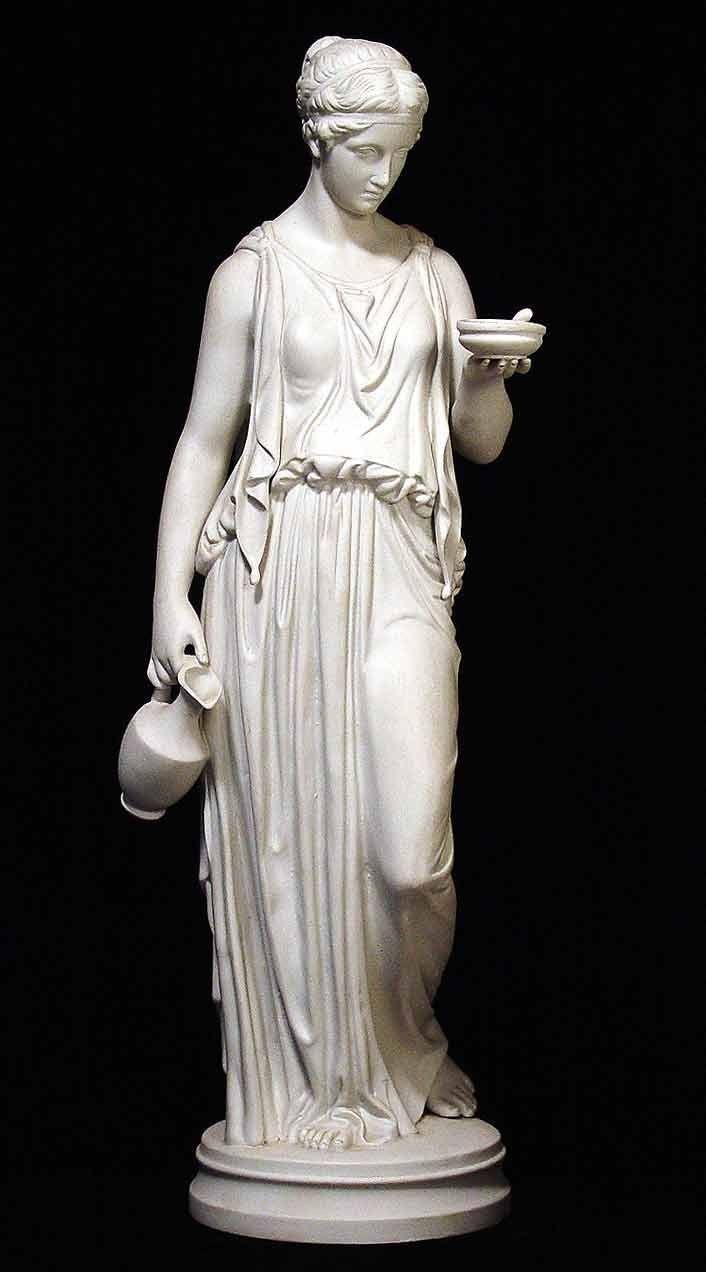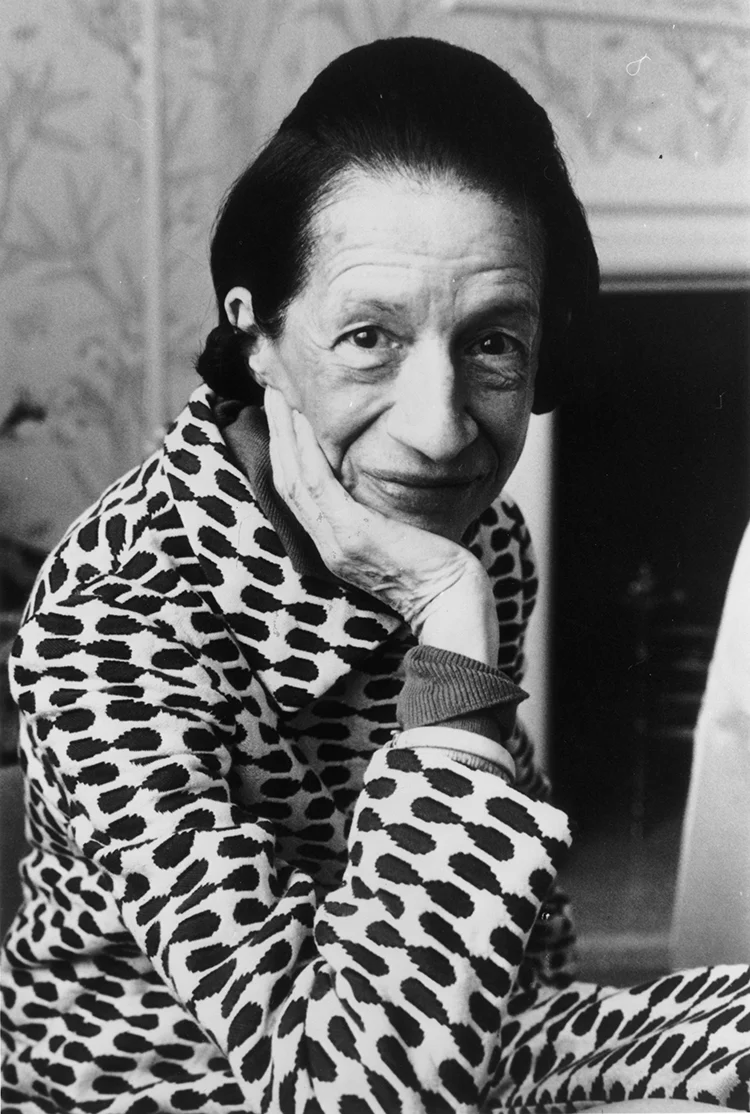Amy Lou Barkins was an average looking girl, pleasant enough without distracting features and a pretty smile. Not picked first but never picked last, Amy Lou was not unhappy with her lot. Yet she wanted to be Nancy Blythe, a nymphet, a girl whose sexual allure spread like a pheromone on the Spring breeze. Wherever Nancy was, there were boys - older ones who wanted her, younger ones who had no idea why they had followed her like bees to a rose, and others who sensed an event, but whose triggers were not pulled, so immersed in algorithms and prime numbers were they.
Or Mrs. Thomas, the English teacher, latest in the line of a long European aristocratic legacy, monied and with a noblesse oblige which gave her a profession if not a calling, who dressed in Cartier, Lanvin, and Yves St Laurent by day, and sent shivers down the spine of any older man with sense and sophistication.
Or Sybil Bernstein, the most elegant of all Amy Lou's mother's friends, a Jewess able to wear the most fabulous diamonds and emeralds with a sense of style and innate good taste. Shimmering, glittering, glowing with Arpege and Tiffany, her every entrance was an event, a singular, unforgettable show of beauty and presence.
The standards of feminine beauty have not changed for millennia. Symmetrical features, luminescent eyes, full lips, and luxuriant hair all express health, wealth, and well-being as well as being pleasing to a natural sense of geometrical order, and sexual appeal. There is little difference between the women painted by Leonardo and the most beautiful Hollywood actresses of today.
It is no surprise that the women portrayed in art – the women of Botticelli, Leonardo, Caravaggio, Ingres, and the sculptors of ancient Greece, Egypt, and Rome – have been beautiful. The wives and courtesans of royalty, the aristocracy, and the socially prominent have been beautiful, and while kings like Henry VIII, desperate for an offspring, chose as much for fertility as for beauty as he continued to remain childless, most demanded only the most attractive.
For Diana Vreeland style was everything. It was not just how you looked and dressed, but who you were. Style was what made glamor, and beauty alone was worth little.
You gotta have style. It helps you get down the stairs. It helps you get up in the morning. It’s a way of life. Without it, you’re nobody. I’m not talking about lots of clothes.
Style was attitude, décor, setting, and personality. It was Hollywood, for movie stars also understood that style is not superficial, but the essential part of a woman. As Editor-in-Chief at Vogue, Vreeland revolutionized the fashion industry.
Vreeland was not a fashion designer, but she radically changed the way that fashion was presented. The model may have been the centerpiece, but the final image was a result of the careful orchestration of makeup, setting, accessories, and lighting. The image was stylish, not necessarily the model. “I adore artifice”, she said. “I always have”.
This story went around about me: Apparently I’d wanted a billiard-table green background for a picture. So the photographer went out and took the picture. I didn’t like it. He went out and took it again and I still didn’t like it. ‘I asked for billiard-table green!’ I’m supposed to have said. ‘But this is a billiard table, Mrs. Vreeland,’ the photographer replied. ‘My dear,’ I apparently said, ‘I meant the idea of billiard-table green.
For Vreeland everything was secondary to style and visual effect.
A lie to get out of something, or take an advantage for oneself, that’s one thing; but a lie to make life more interesting—well, that’s entirely different
Vreeland was not an attractive woman, far from it; and in her memoir she wrote about being the ugly sibling to a strikingly beautiful sister. She learned from early on the value of feminine beauty and had an inspirational sense of how to make something out of nothing. Style, fashion, and elegance were the artifacts which had always increased women's desirability and turned dross into gold.
When Vreeland walked into the room, heads turned. No one noticed her Picasso-like features - long nose, separated eyes, elongated face ending in a short jaw, an entirely unattractive face - but only her ensemble, the perfectly-matched clothes, jewelry, hair, and shoes. She had created a virtually beautiful woman out of a painfully ugly one.
Fashion has often been disparaged as unnecessary, exorbitant, and the worst example of the excesses of capitalism. For Vreeland and all the great designers – Valentino, Versace, Dior, Armani, and Ralph Lauren – it is nothing of the sort. It is art, drama, opera, sculpture, and the sheer exuberance of individual creativity. Fashion was a celebration of the artist – Vreeland the impresario, the fashion designer, the photographer, the set designer, and anyone who used inspiration and individuality to contribute to the final dramatic scene.
Style – all who have it share one thing: originality. There’s only one thing in life, and that’s the continual renewal of inspiration.
Virtuality - an unreal, created, fantasy world of perfection - an idea which has characterized women since the first human settlements - was an evolutionary necessity. Since beauty has always assured success - all things considered, beautiful women are hired first, promoted first, married first, and sought after always - it behooved women to do what they could with what they had to ensure notice, preference, and progress.
The enduring standards of female beauty while valued as signifiers of health and well-being are even more indicative of an inherent male sexual preference. Heads will turn and have turned for centuries for beautiful women, women whose facial symmetry, balance, and sexual suggestion are desirable regardless of status and class.
So it is no surprise that cosmetics is a billion dollar industry, that tens of billions more are spent on 'unnecessary' clothing and accessories and that even more spent on plastic surgery. 'Why' asked a formerly beautiful young actress, 'should I age hideously? Yecch, all those sags, lumps, and bunches of skin'; and so it was that she like millions of other women turned to virtuality, to the fake, to the created image, to fantastical notions of recreating the past.
And so it was that Amy Lou Barkins had her pick of the litter, men of the highest standards, rich men, powerful men, influential men all enticed and seduced by her beauty - an elevated, manufactured beauty, one designed to deflect a deeper look at origins and fixed features, but a successful one nevertheless.
Women have always been masters of the faux, marvelously talented magicians, cajoling carny barkers, tricksters and comedians. They were way ahead of the virtual curve, practicing the art of image, enhanced reality, and the what-can-be long before high-tech algorithms were even a distant possibility.
Men are the beneficiaries of this marvelous show - yes, we are taken in, seduced, and fooled; but it it is worth the price of admission.







No comments:
Post a Comment
Note: Only a member of this blog may post a comment.